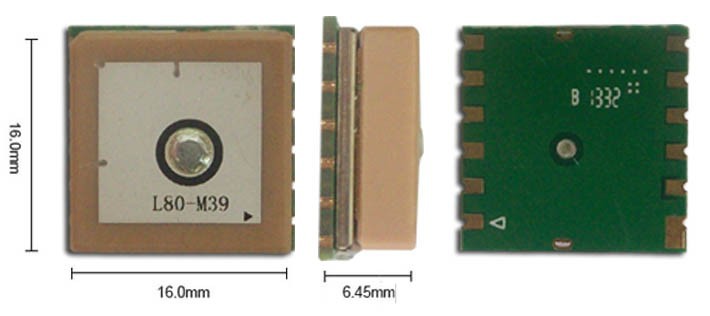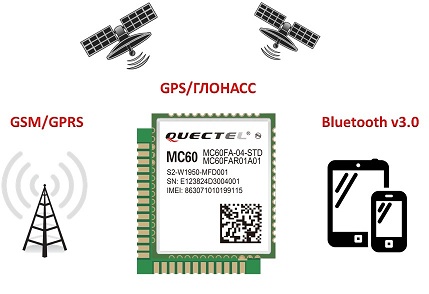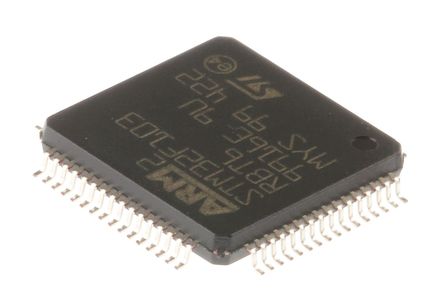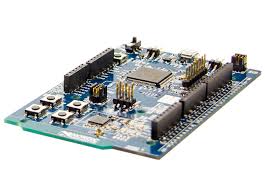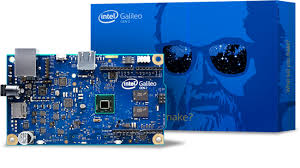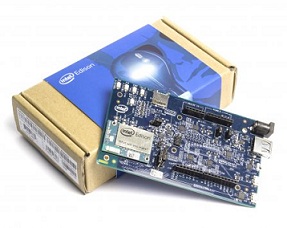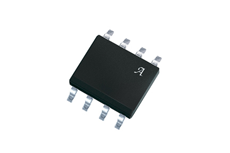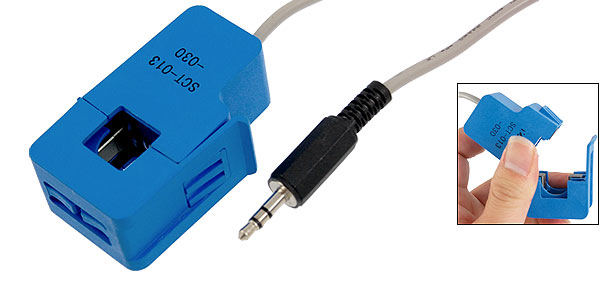Best Selling Electronic Microchips and Components of 2016
Published by Abhishek Singh Bailoo on 23rd Jun 2019
Before we make our predictions for 2017, our pundits at Evelta would like to sit back, relax and contemplate on how the year 2016 went by. Here we present a detailed analysis on the electronic components which registered the maximum growth in demand in 2016. Let us know in comments below if you have used any of these in your designs recently or anything you would be using soon.
1. Quectel M95
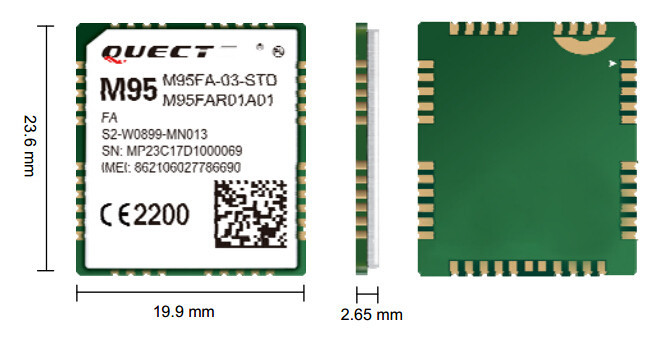
The top slot goes to the M95 quad-band GSM/GPRS module from Quectel. No surprises again there, this has been the year of connectivity and IoT! M95 is one of the smallest modules in its category in the market in LCC castellation package. It has the latest MTK chipset and features compact size, ultra low power consumption and large temperation range of operation. M95 can be easily fit into low volume applications with its small size LCC package and ensure continuous connectivity. It has been embraced widely by applications like Vehicle tracking, Industrial grade PDA, Personal Tracking, Wireless POS, Smart Meters and other Machine-to-Machine (M2M) applications and continues to grow in dominance.
2. Quectel L80
The Quectel L80 is easily the most bang for your backs GPS modules. It consistently ranks in the top when comparing GPS modules under INR 750 that include an antenna. With an update rate at 10 Hz, 66 search channels and 22 simultaneous tracking channels, it easily outstands in this segment. Not to mention tracking sensitivity of -165 dBm and acquisition sentivity of -148 dBm. Takes 35s to cold start while hot start timing was found to be consistently less than 15 s in our laboratory tests. With the explosion of tracker demand, every device has got to have a GPS module and this is the best that your money will buy.
3. Quectel MC60
Folks looking to incorporate a quad-band GSM/GPRS module with integrated GPS in an ultra compact size with low power consumption gave their verdict loud and clear. In 2016, they chose the MC60 from Quectel. The GPS has a multi-GNSS engine, GPS, GLONASS and QZSS. Based on the latest 2G chipset, it performs optimally in both SMS and data transmission. The compact form factor, ultra low power consumption, OpenCPU, and Bluetooth made MC60 the best choice for a wide range of M2M applications, such as automotive, telematics, wearable device, trackers for various applications etc. Our editors at Evelta noted that unlike its competitors in the market, MC60 has great anti-jamming performance due to multi-tone active interface canceller. As we predict, MC60 is going to have a great run in 2017 as well.
ST Microelectronics, my former employer, has long been the dominant leader in general purpose 32-bit MCU. With the 32-bit ARM based STM32F103RBT6, ST continues to impress. With a vast temperature range -40 to 105 C, peel packaging, exhaustive serial communication interfaces, all industry standard interfaces, 51 I/Os , 20 kB RAM and 128 kB program memory, you will not find another competition in the same price. This MCU is mostly used in automotive and hand-held devices where it is hte de-facto industry leader.
5. DS18B20 Temperature Sensor Probe

The DS18B20 Water Proof Temperature Probe is a surprise entry on the list. Perhaps, the complete protection from wet environment and long distance signal degradation that it offers has made DS18B20 a favorite amongst designers. Noteworthy is its sealed (waterproof) and pre-wired digital temperature probe. Again the dominance of temparature sensors among the climate monitoring and weather derivative industry is responsible for getting it featured here. If the data is to be believed, this trend will likely continue.
6. DHT22 Wired
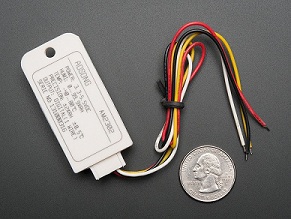
The great choice for a digital humidity and temperature sensor under INR 500 was DHT22in 2016 and perhaps still is. The innovative feature in DHT22 is the lack of any analog input pins. It produces a digital signal on the data pin that gives the reading of a capacitive humidity sensor and a thermistor. This makes integration a breeze. The only con for this sensor is its rate of measurement every 2 seconds. Compares to DHT11 from the same manufacturer, this sensor is more precise, more accurate and has a larger range of operation in temperature and humidity. There is without wire DHT22 version also available which has essentially all the features as DHT22 Wired one.
7. NRF51-DK Nordic-Semiconductor
Nordic Semiconductor is a fabless company with a reputation for designing some of the best low power SOC and connectivity devices in the 2.4 Ghz ISM band. They focus on low power and low cost and have had successful design wins in the past. This year their SOCs nRF51822 and nRF51422 were quite a hit so no surprise that we sold plenty of NRF51 Development Kit which supports both these SOCs. This kit is compatible with the Arduino Uno Revision 3 standard thus you can use third-party standards compatible shields. The software development tool chain using Keil, IAR and GCC is well supported which is the default platform for most embedded developers. The firmware has had several bugs in the past few months but they have all been promptly fixed with minor bug fixes continuously released on the github repo of Nordic Semiconductor. Viva La Open-Source!
8. Intel Galileo Gen 2 Development Board
The Intel Galileo Gen 2 Development Board is an Arduino-certified microcontroller board based on Intel Quark SoC X1000. Designed on Intel architecture and featuring a 400 Mhz Pentium-class application processor, this board does a great job at balancing power and convenience. No wonder it has been a hit with makers, educators, students and enthusiasts alike. The Galileo is an excellent choice for an application requiring sensors, monitoring or productivity related applications (it has a real time clock). Galileo is best suited for smart things of daily use with lots of sensors such as watches, health monitoring or fitness devices or a simple low-cost PC running Linux! This product is well poised to climb further up on our list this year as Intel declares war on the Internt-of-Things (IoT) market.
9. Intel Edison Kit for Arduino
The Intel Edison Kit for Arduino has been one of the most amazing kit for developers and enthusiasts alike since its launch. It can consume analog video over A/D USB dongle, converting that H.264 and serving it up at 30 fps over Wi-Fi. Many did't think of this application! But some folks did and that is why this features on our best-seller list. It has more horsepower that Raspberri Pi options without spending too much. Needless to say it is great for remote control features with lots of IoT features packed in a small unit. However, on the con side, the board is bigger than Uno and does not come with an external power source.
10. ACS712ELCTR-20A-T Current Sensor
The ACS712ELCTR-20A-TCurrent Sensor from Allegro was one of the most popular among the makes and OEMs which offers a fully integrated, Hall-effect-based linear current sensor IC with 2.1 kVRMS voltage isolation and a low-resistance current conductor. It provides an economical solution for both AC and DC precision current sensing in industrial grade and communication applications. The analog signal path is designed to be wonderfully low-noise. Surface mount packaging SOIC-8 is neat. The output of the device has a positive slope when an increasing current flows through the primary copper conduction path, which is the path used for current sensing. It has great demand in Home Automation Devices. Its other equally popular and effective siblings from ACS712 series are ACS712ELCTR-05B-T andACS712ELCTR-30A-T
11. Non-invasive AC Current Sensor SCT-013
Although the SCT-013 current sensor does not directly work with Raspberry Pi (you will need to convert it to voltage first), it is a great fit for an large spectrum of applications and plays nice with other devices and kits. The sensors are well made and accurate. The fail safe built into the sensor is a great feature. For the given price it is a no brainer and easily trumps the competition on accuracy and ease of integration.

